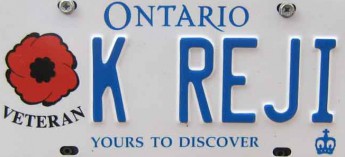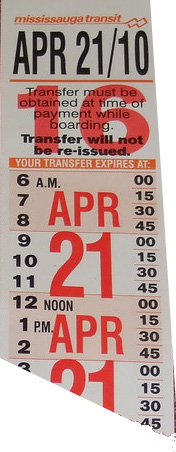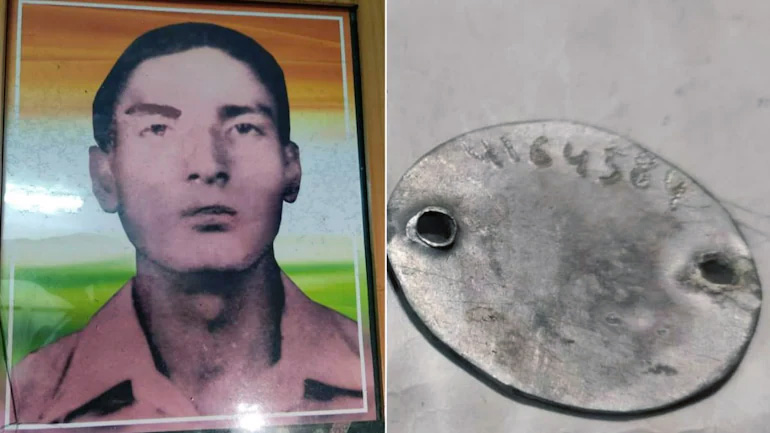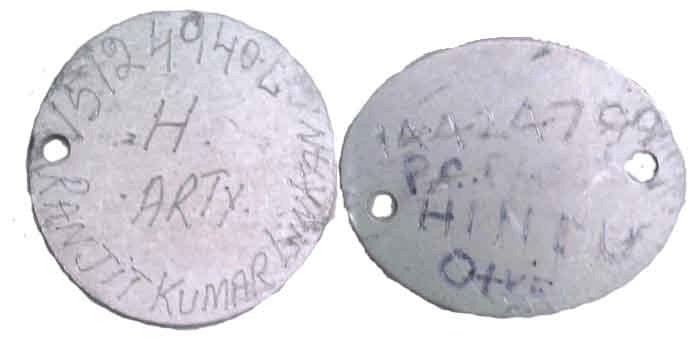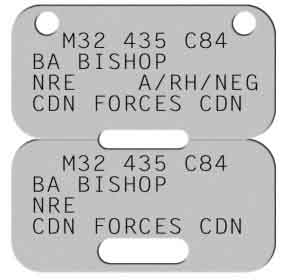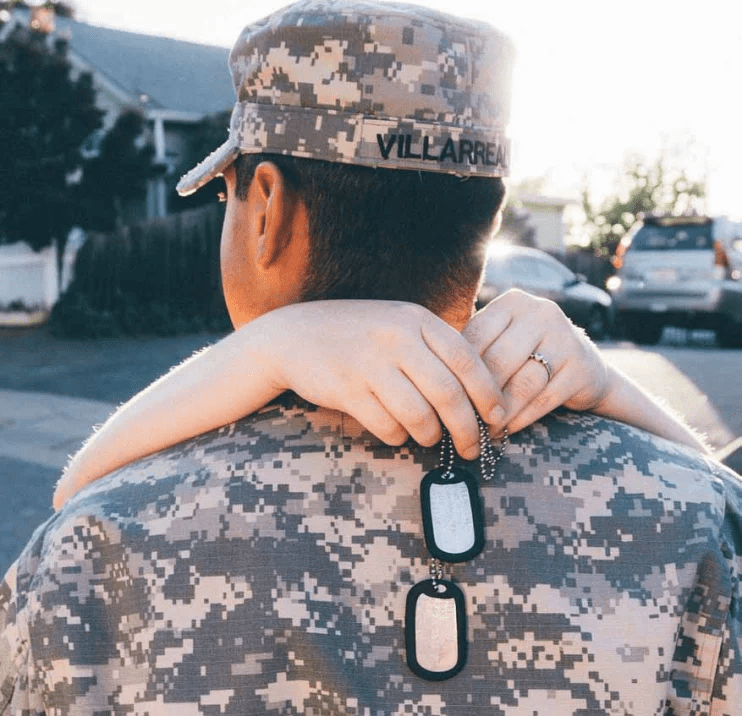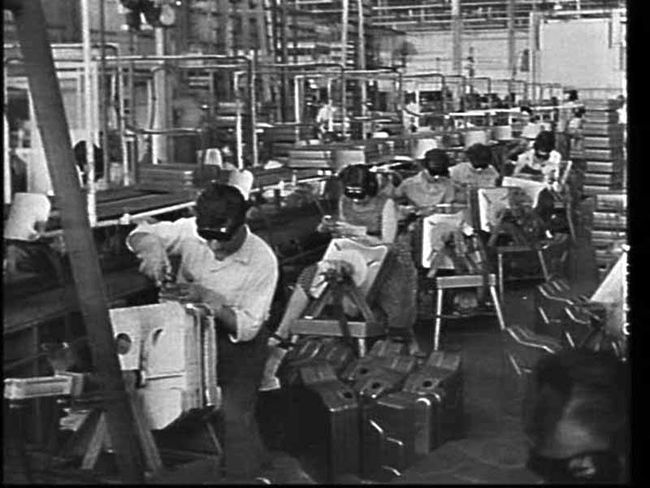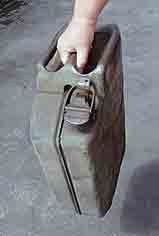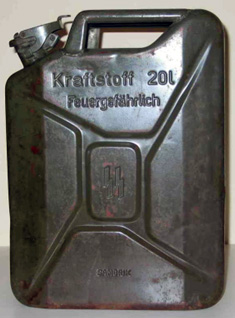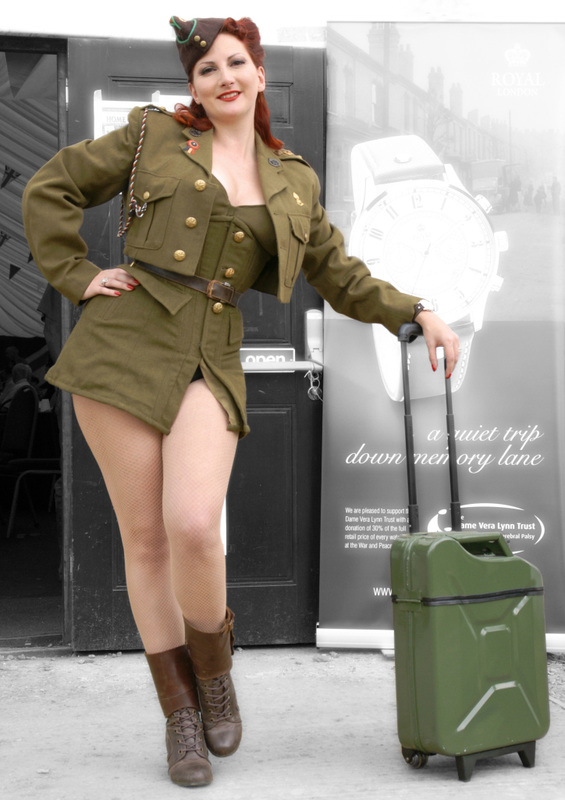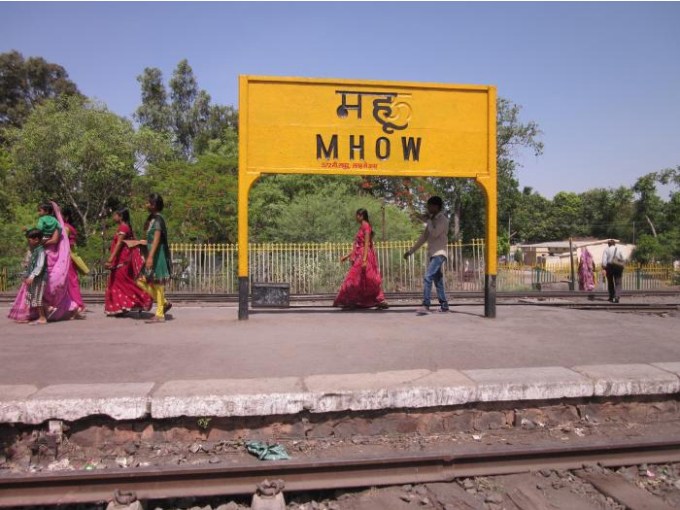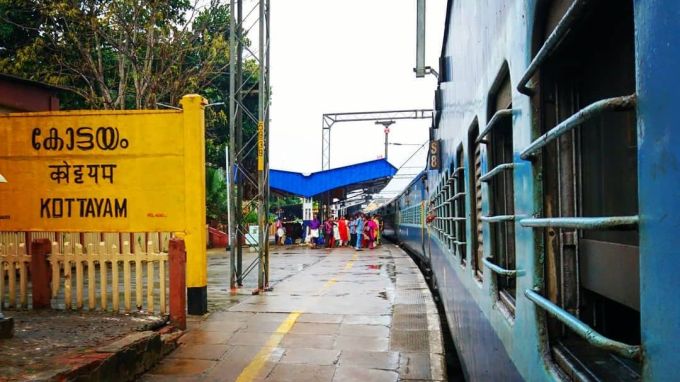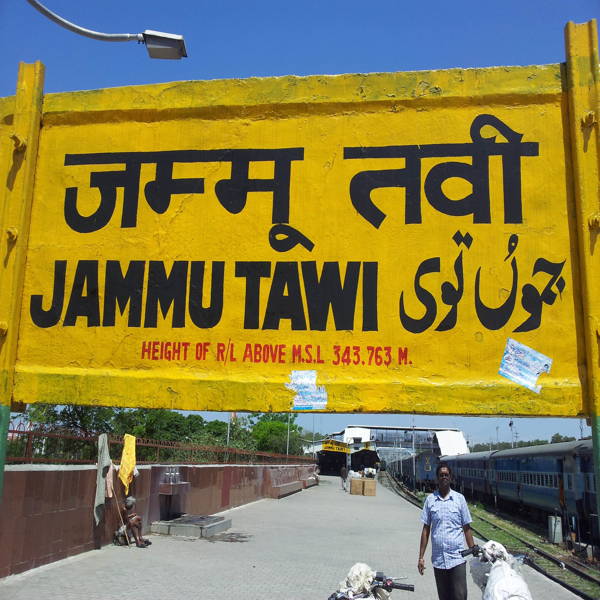Have you ever been in a situation when you were penniless? Without a dime in your pocket! Without a credit card with you!
If it was not for those humans who understood your situation and helped you, you will never understand the value of a good neighbour. Such ordinary citizens make you feel that the world is worth living. You too must have faced similar situations. You too must have turned into a good Samaritan.
About a decade ago, Mississauga Transit, Toronto Transit and all other city transits in Canada accepted cash. The passenger had to put the correct change for the ticket value into the fare box placed adjacent to the driver. Today, they do not accept cash. They work on Presto Card.
After the cash was deposited, the driver issued a Transfer Ticket in case the passenger had to undertake further bus journey. The Transfer Ticket was valid for two hours from the time of issue. Nowadays, the Presto Card keeps track of all transfers.
On that afternoon, I had an appointment with our family physician and our son Nikhil had to be at the city’s swimming pool where he worked as a lifeguard, to attend a reorientation training. I asked Nikhil to drop me off at the physician’s office and take the car and drive to the swimming pool. I was to ride the transit bus for my return trip.
As I stepped into the bus and searched for my wallet, I realised that I had left it at home. There I was – standing penniless and embarrassed. The driver, a young lady, smiled at me. She must have realised my dilemma. Is it that she had come across similar situations earlier?
I apologetically said “Sorry! I do not have my wallet on me.”
“Not a problem. Come in,” she said with a smiling face and handed me the Transfer Ticket.
“Thank you. I can walk home from the stop where you will drop me,” I thanked her.
Recently while driving to work to audit one of the pharmacies of our company, I drove into the drive-through outlet of Tim Hortons and ordered my favourite Medium Coffee Double-Double.
Tim Hortons Inc., commonly referred to by Canadians as Tim’s or Timmies, is a Canadian multinational fast food restaurant chain. They serve coffee, doughnuts, and other fast-food items. In 1964, Tim Horton, a National Hockey League Legend, opened his first store in Hamilton, Ontario, Canada. Today, it is Canada’s largest quick-service restaurant chain, with over 5000 restaurants in 15 countries.
Double Double, a Canadian classic coffee brewed at all Tim Hortons restaurants is coffee with two shots of cream and two shots of sugar. It gives the right creaminess and sweetness to the coffee and is the most common coffee ordered at the Tim Hortons. The two magic words ‘Double-Double,’ from being a vernacular expression is now part of a bonafide vocabulary in the Canadian Oxford dictionary.
After placing my order for coffee at the ordering station, I pulled up to pick-up window. That was when I relised that I neither had my wallet nor there was a penny in any of the car’s cervices. I was literally Penniless.
I sheepishly said to the girl at the window, “Sorry! I neither have my wallet nor a penny on me.”
She smiled at me and said “That’s OK. You can have your coffee.”
“I cannot take it as I have no money to pay. You can give it to the next customer,” I said.
“Our company’s motto is ‘Always Fresh. Always Tim Hortons.’ If you do not pick it up, we got to drain it out,” she said.
I picked up the coffee and drove ahead.
Two weeks later, I pulled into the parking lot of the same restaurant and walked in and ordered my coffee. “Two weeks ago, I did not pay for my coffee. I want to pay for it now,” I said.
“We cannot accept it now as our accounts are closed everyday. If you insist, you can donate the money for the Tim Hortons Camp Day,” the girl at the counter said.
Since 1974, Tim Hortons have worked with more than 300,000 young people, using camp experiences to develop social and emotional skills and learning and innovation skills. These camps aim to equip the youth with the skills and opportunities needed to thrive, pursue their education, find meaningful jobs, enrich their communities, and lead fulfilling lives. Tims Camps programmes run year-round in the community, at school and at seven camps across North America.
I thanked the girl at the counter and Tim Hortons in my mind as I placed a $2 coin in the Camp Day donation box.
I substantiated my belief that these ordinary citizens make the world worth living.
On returning home, I activated Google Pay on my cellphone.
